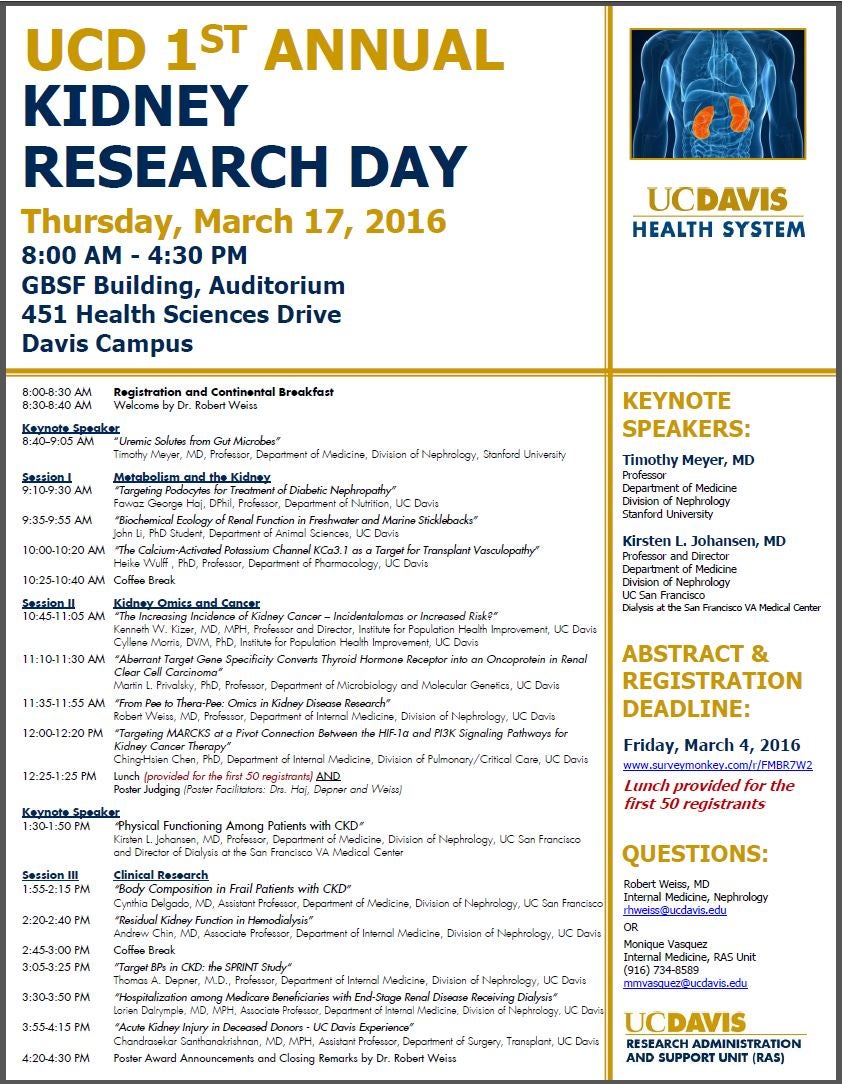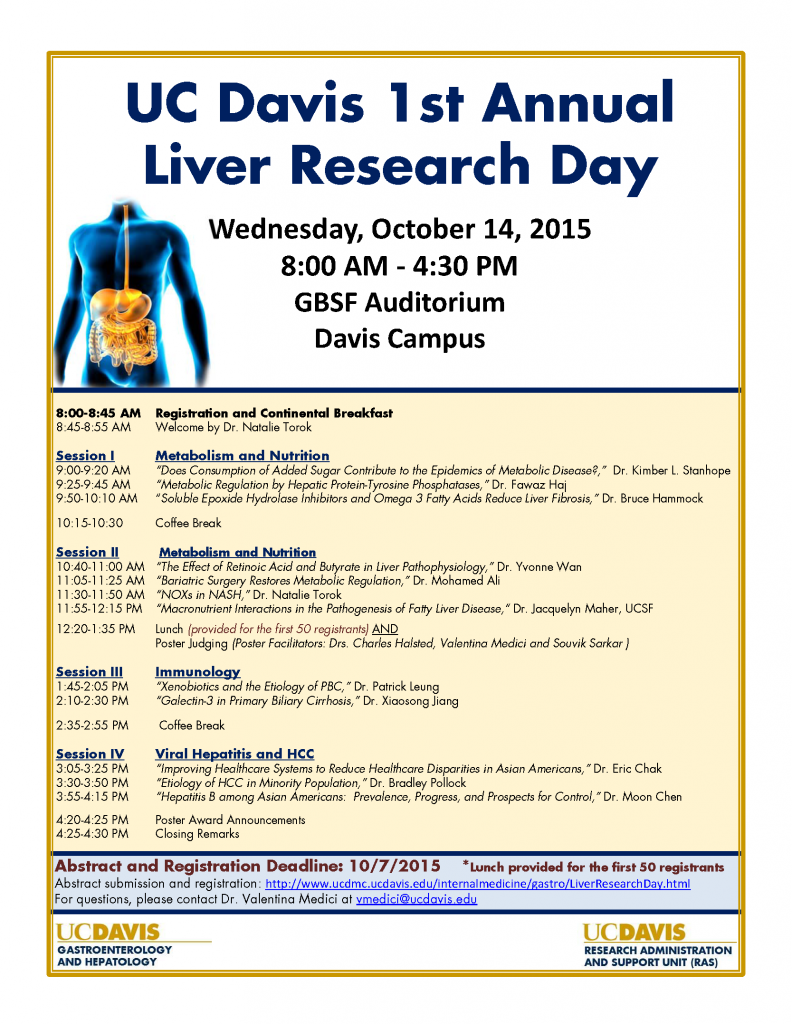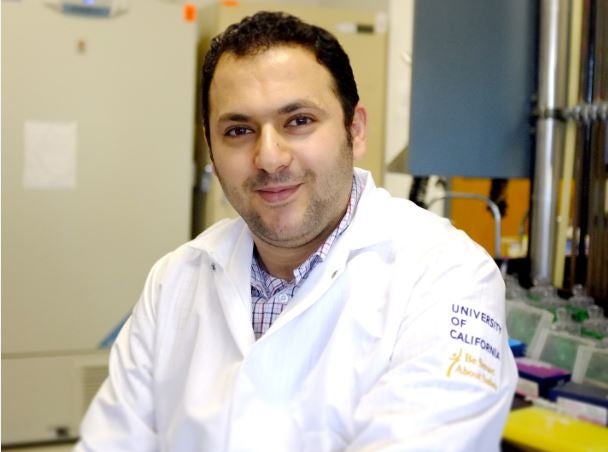The hormone leptin, naturally produced by fat cells and long known to play an important role in regulating appetite and fat metabolism, may prove to be successful in treating Type 2 diabetes, a disease that affects more than 21 million people in the United States, reports a team of scientists led by researchers at the University of California, Davis.
The findings from their study, involving rats predisposed to Type 2 diabetes — formerly known as adult-onset diabetes — appear in the Aug. 30 issue of the journal the Proceedings of the National Academy of Sciences.
“One of leptin’s important effects is in signaling the brain to decrease food intake, and recent animal studies have shown that the hormone also lowers blood sugar in Type 1 diabetes,” said lead author Peter Havel, a veterinary endocrinologist.
“Our study, however, is the first to demonstrate that twice-daily injections of leptin lower blood sugar levels and circulating triglycerides in an animal model with the more common form of diabetes — Type 2 diabetes,” Havel said.
Triglycerides are compounds containing three fatty acids; they primarily circulate in the bloodstream and, at high levels, can increase the risk of heart disease.
“The data from this study indicate that leptin improves blood sugar control, in part, by increasing the animals’ sensitivity to insulin, the hormone responsible for maintaining normal blood sugar levels,” said co-author Bethany Cummings, a veterinary molecular physiologist in the Havel laboratory.
The results suggest that the improved insulin sensitivity may be due to reduced stress in a specialized part of the cell called the endoplasmic reticulum. Previous studies have shown that stress to the endoplasmic reticulum can cause insulin resistance, which can lead to Type 2 diabetes.
The study also showed that the leptin treatments resulted in decreased levels of circulating glucagon, a hormone produced in the pancreas that stimulates an increase in blood-sugar levels and works in opposition to insulin.
Other co-authors of this study are: postdoctoral fellow Ahmed Bettaieb, Associate Professor Fawaz G. Haj, and undergraduate assistant Riva Dill, all of the UC Davis Department of Nutrition; research scientists James L. Graham and Kimber L. Stanhope, both of the School of Veterinary Medicine and the Department of Nutrition; and Research Assistant Professor Gregory J. Morton of the University of Washington School of Medicine.
Funding for the study was provided by the National Institutes of Health and UC Davis’ Center for Nutrition and Health Research.





